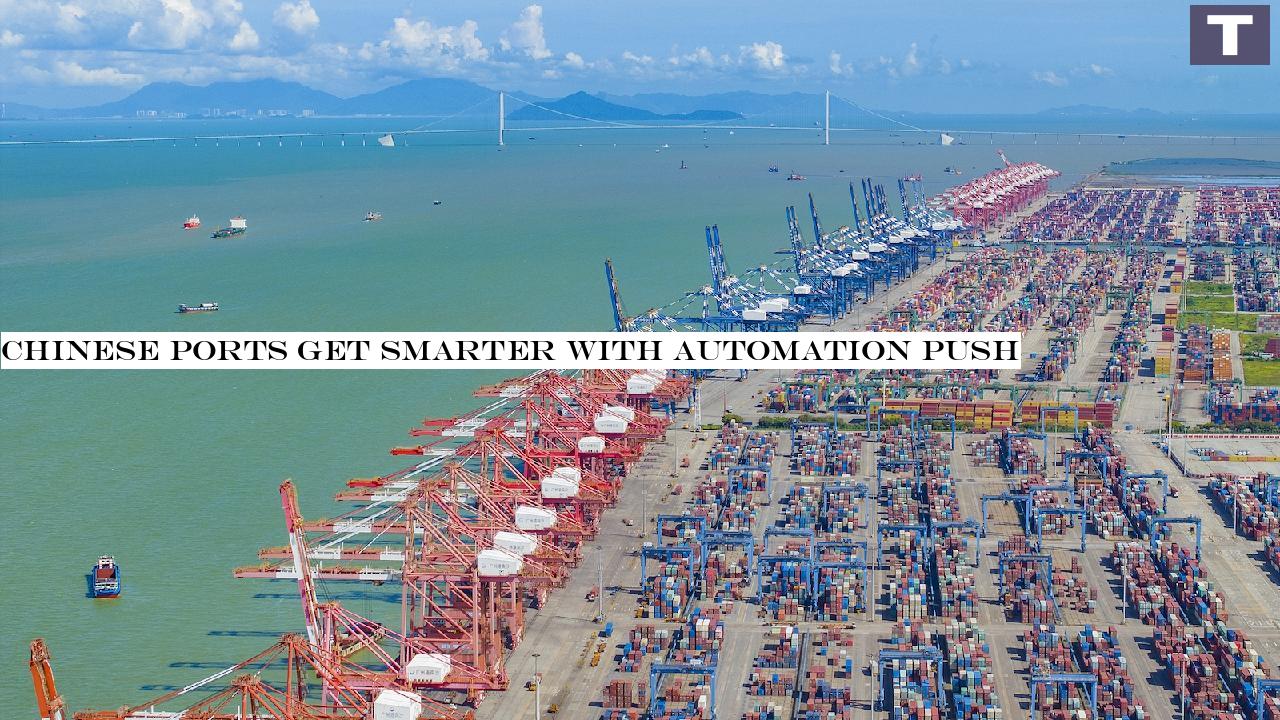INSUBCONTINENT EXCLUSIVE:
At a terminal in the port of Guangzhou in south China's Guangdong Province, the future has arrived: artificial intelligence (AI)-powered
cranes automatically unload cargo ships while driverless vehicles navigate docks with clockwork precision.This is China's automated port
The Nansha Phase IV terminal in Guangzhou, completed in November 2024, is among the country's 52 fully automated ports as of late 2024,
according to the Ministry of Transport. The 52 ports span China's coast line, from Bohai Bay to the Yangtze River Delta and the
Guangdong-Hong Kong-Macao Greater Bay Area, forming a network leading in scale, efficiency and technology worldwide."Previously, crane
operators worked in 40-meter high cabins, straining to see containers below," said Yang Xuan, a veteran operator at Guangzhou Port
"Now we operate in the intelligent control room hundreds of meters away from the ship, with much higher efficiency and safety."The terminal
integrates cutting-edge technologies including BeiDou navigation, 5G communications, automated driving and AI
Its intelligent guided vehicles automatically calculate optimal routes, while smart algorithms coordinate all loading equipment.The
advancement is rewriting the rules of productivity
In east China's Shandong Province, the automated terminal of Qingdao port set its 11th world record for loading speed in December last year,
with each crane handling 60.6 containers per hour on average, more than double that of traditional docks (around 25 to 28 containers per
hour).Collaboration between automated ports has greatly improved the efficiency of shipping
The "FAST" shipping route between Shanghai and Guangzhou has slashed logistics costs by 65 percent compared to road transport.Behind the
scenes, China's port automation surge relies on domestically developed systems
According to a report on 2024 global automated container terminals, Chinese terminal operating systems have matured since 1997, when the
first domestic version was introduced.Ningbo-Zhoushan Port's n-TOS system optimizes operations through intelligent bay planning and
automatic stowage, while Shanghai Port's iTOS system streamlines vessel operations
These innovations have enabled major ports to complete comprehensive automation upgrades.Ports across China are also increasingly
In March this year, Sinotrans South China Co., Ltd
launched an AI assistant powered by DeepSeek's language models, allowing clients to run queries on their shipment status in plain
language."Whether inquiring about berth plans, container movements or loading progress, customers get instant, accurate responses through
simple commands," said Ye Zengjian, a support engineer at the company.(Cover: The Nansha terminal in Guangzhou City, Guangdong Province,
south China, July 13, 2024

